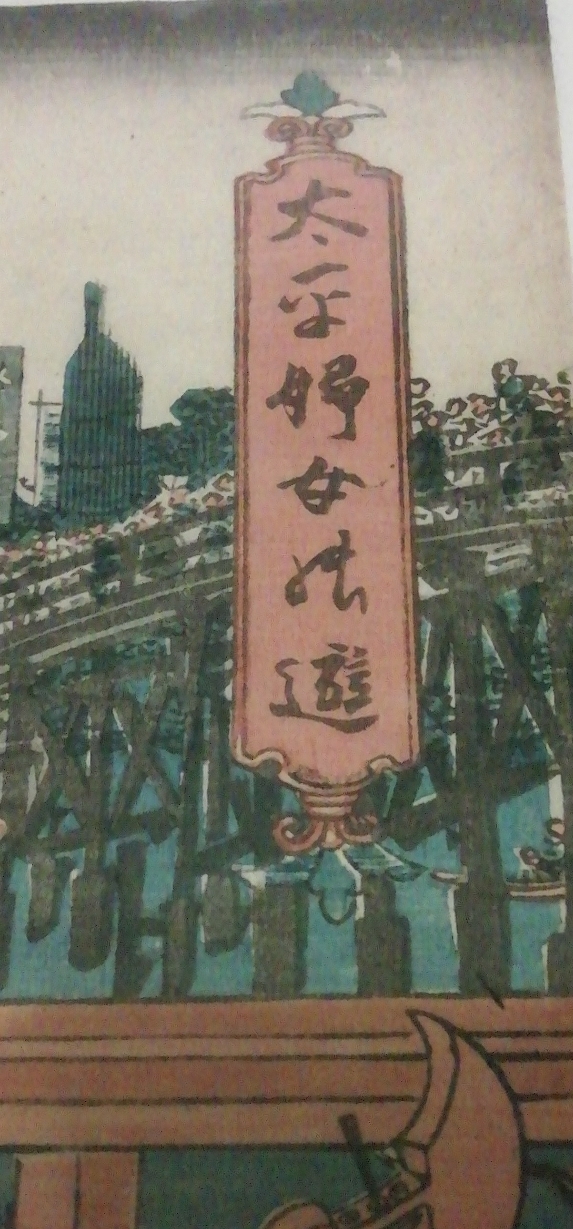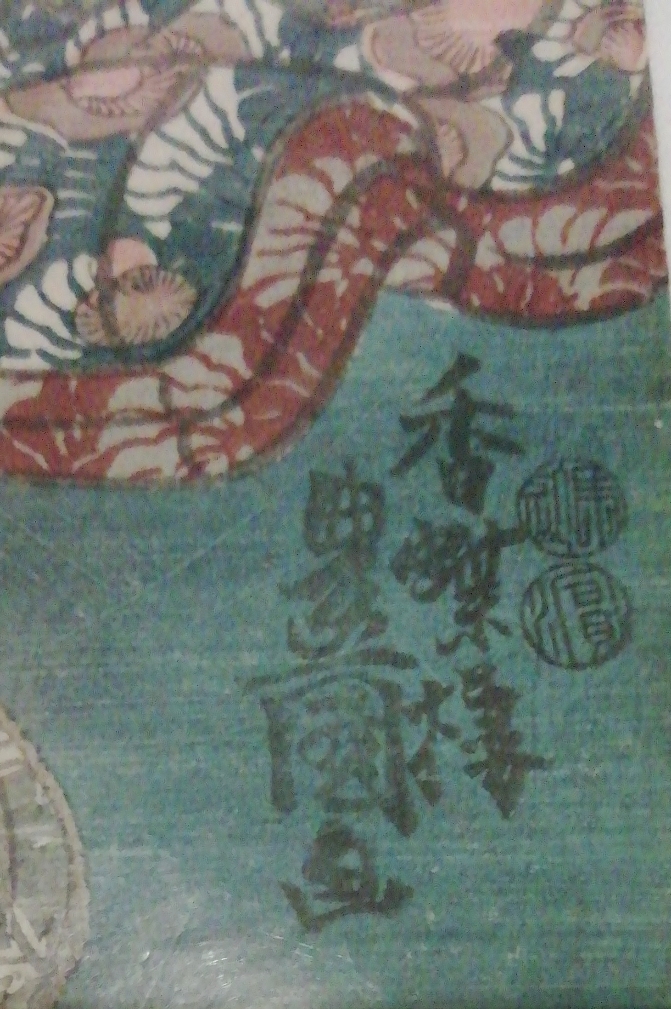-
 Japanese print translation
Japanese print translation  ( China & Japan ) - Harold - Apr 05, 2021 (02:56 PM)
( China & Japan ) - Harold - Apr 05, 2021 (02:56 PM)  Re: Japanese print translation - I.Nagy - Apr 06, 2021 (03:40 AM)
Re: Japanese print translation - I.Nagy - Apr 06, 2021 (03:40 AM)  Re: Japanese print translation - Horst Graebner - Apr 06, 2021 (12:46 PM)
Re: Japanese print translation - Horst Graebner - Apr 06, 2021 (12:46 PM)  Re: Japanese print translation - I.Nagy - Apr 07, 2021 (03:21 AM)
Re: Japanese print translation - I.Nagy - Apr 07, 2021 (03:21 AM)  Re: Japanese print translation - Horst Graebner - Apr 07, 2021 (05:39 AM)
Re: Japanese print translation - Horst Graebner - Apr 07, 2021 (05:39 AM)
 Re: Japanese print translation - Harold - Apr 06, 2021 (08:10 PM)
Re: Japanese print translation - Harold - Apr 06, 2021 (08:10 PM)


